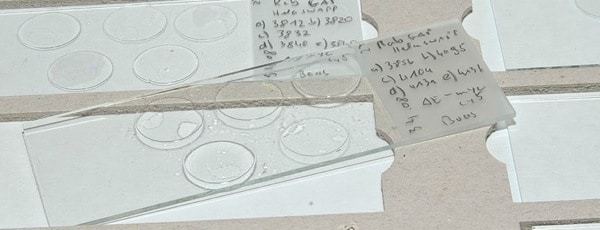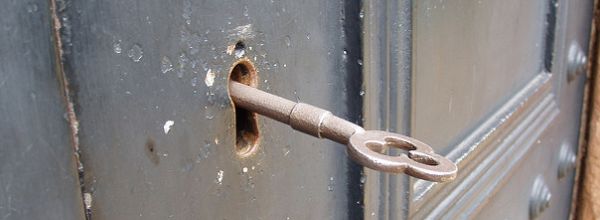What is Verhoeff-van Gieson stain?
Ira Van Gieson first described the Verhoeff-van Gieson (VVG) staining protocol in 1889 as a method of evaluating collagen fibers in neural tissue. Frederick Herman Verhoeff, an American surgeon, and pathologist, then modified the stain in 1908, as a method to differentiate collagen and other connective tissues and highlight elastic fibers in particular.
What does it stain?
Elastic fibers are connective tissue fibers that allow tissues to stretch, and are abundant in the aorta, for example, where they provide flexibility to this large blood vessel. They are also present in other tissues that need flexibility, such as skin and lung.
These fine elastic fibers cannot typically be seen on routine haematoxylin and eosin (H&E)-stained tissue sections, therefore special stains are required to highlight them. You can read more about H&E in these articles from the Microscopy and Imaging Channel- Part 1:Method and Tips, and Part 2: Recipes and Materials.
Although there are numerous special stains for the identification of elastic fibers, VVG is most commonly used because it is quick, and produces intense staining of elastic fibers.
General principles of the stain
VVG is a two-part combination stain that enables differentiation of some connective tissue components in a tissue that are not easily distinguished by H&E staining:
Verhoeff stain component: an iron-haematoxylin stain that is specific for elastic fibers. It forms strong bonds with elastin, the main component of elastic connective tissue.
van Gieson stain component: a counterstain that is specific for collagen. It was named after American bacteriologist Ira van Gieson and comprises two acid dyes- picric acid and acid fuchsin.
The technique involves staining the tissue specimen with a haematoxylin stain composed of ferric chloride and iodine, and comprises two main steps:
(1) Overstaining: This step involves a complex of haematoxylin–ferric chloride–iodine. The latter two components act as mordants to fix the haematoxylin stain to the tissues and also act as oxidizing agents to help convert haematoxylin to haematein. The staining mechanism probably involves hydrogen bond formation between the haematoxylin and tissue, although the specifics of this reaction are not well known. Since elastin has a strong affinity for the iron-haematoxylin complex in the stain, it holds the dye longer than other tissue components. Elastin therefore remains stained even after other tissue elements are decolorized.
(2) Differentiation: this step uses excess ferric chloride mordant to break down the tissue-mordant-dye complex. Sodium thiosulfate is used to remove excess iodine, and the van Gieson counterstain is used to produce a contrast with the haematoxylin stain. The dye is attracted to the large volume of mordant in the differentiating solution and removed from the tissue. The elastic tissue, on the other hand, has the strongest affinity for the iron component of the stain.
Consequently, the end product of the reaction is such that elastic fibers and cell nuclei are stained black by the Verhoeff component. Collagen and muscle are stained red by the van Gieson counterstain, which also results in yellow staining of cell cytoplasm and other tissue components.
Who uses Van Gieson stain?
This stain is used widely for both diagnostic and research purposes.
In diagnostic labs, VVG is used to identify the presence or absence of elastic fibers in tissues. For instance, pathologists may use it to demonstrate the loss of elastic tissue in the lung in patients with emphysema and thinning and loss of elastic fibers in the blood vessels of patients with arteriosclerosis.
Similarly, researchers investigating any of these types of diseases may also routinely examine VVG-stained tissue sections to detect the presence or absence of elastic fibers in tissues of interest. Other researchers may simply use the stain simply to differentiate connective tissue fibers in tissues of interest.
How do you use Verhoeff-van Gieson stain in your lab?
Want to know more about histology? Visit the Bitesize Bio Histology Hub for tips and tricks for all your histology experiments.
And if you’d like to learn more about special stains for histology and how they could benefit your research? Check out our free eBook on special histology stains.







